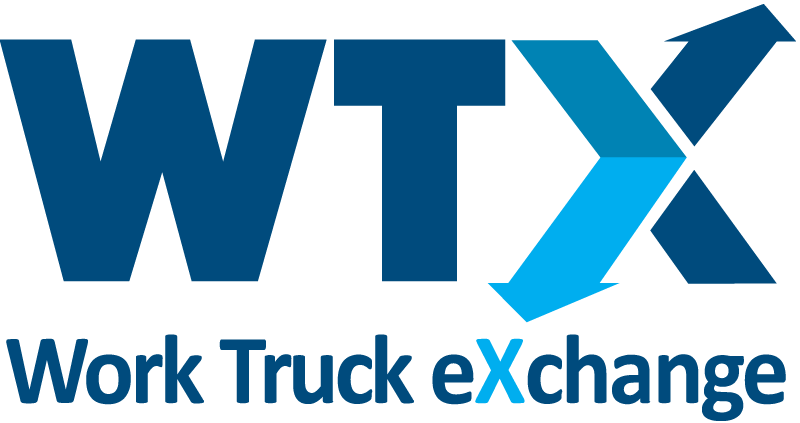The newest addition to the Solera SmartDrive product suite provides accident exoneration, rewards safe driving, and tools to coach and correct unsafe driving habits.
How to Build Your Own Fleet Safety “Certification” Training
Just because your fleet drivers aren’t required to receive training like CDL drivers, doesn’t mean you shouldn’t provide safety training of your own. Make sure to implement these three components to your program.

